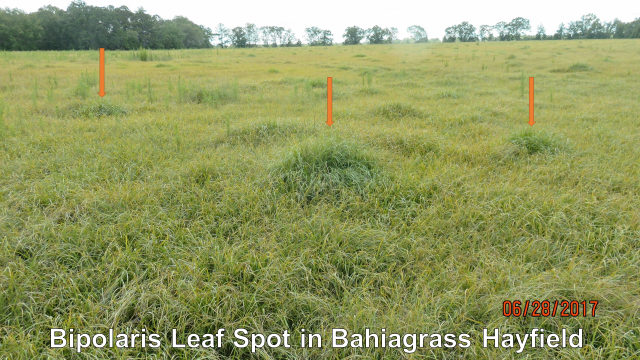
by Doug Mayo | Jul 21, 2017
The Yellow Bahiagrass Hayfield At the end of June, a Jackson County rancher noticed something strange about his hay field. The field was gradually turning yellow and was not growing well. Typically plants turn yellow as the result of a nitrogen deficiency, but this...
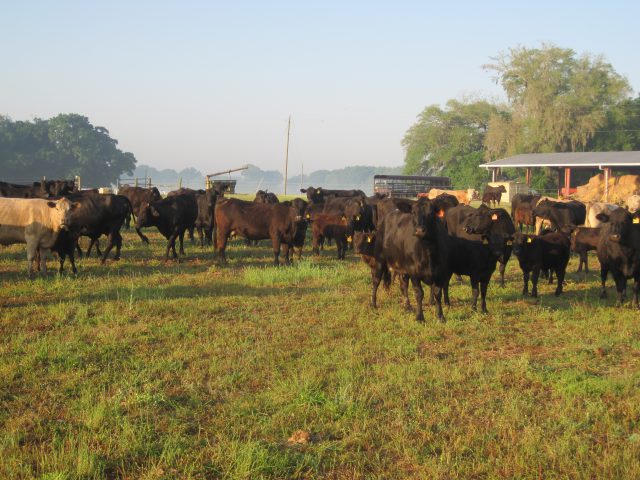
by Kalyn Waters | Jul 21, 2017
On Tuesday, July 18th, 2017, USDA announced confirmation of an atypical case of Bovine Spongiform Encephalopathy (BSE) in an 11 year-old cow in Alabama. The case was detected at a livestock market in Alabama where the cow was showing clinical signs of the disease,...
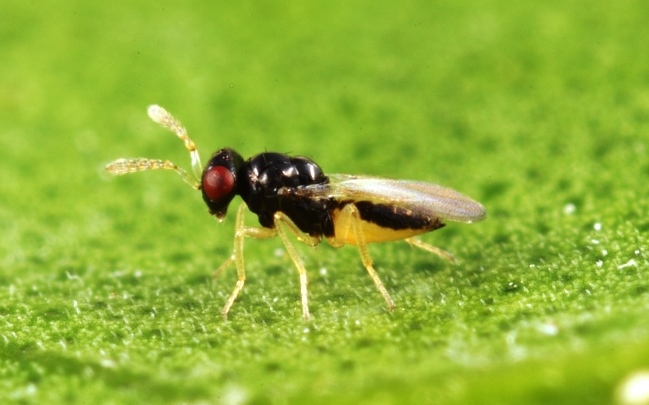
by Xavier Martini | Jul 14, 2017
The Asian citrus psyllid (Fig 1), the carrier of the causative agent of citrus greening or Huanglongbing (HLB), is certainly the most devastating pest in citrus worldwide. Since it was first spotted in Florida in 1998, the Asian citrus psyllid has spread across the...
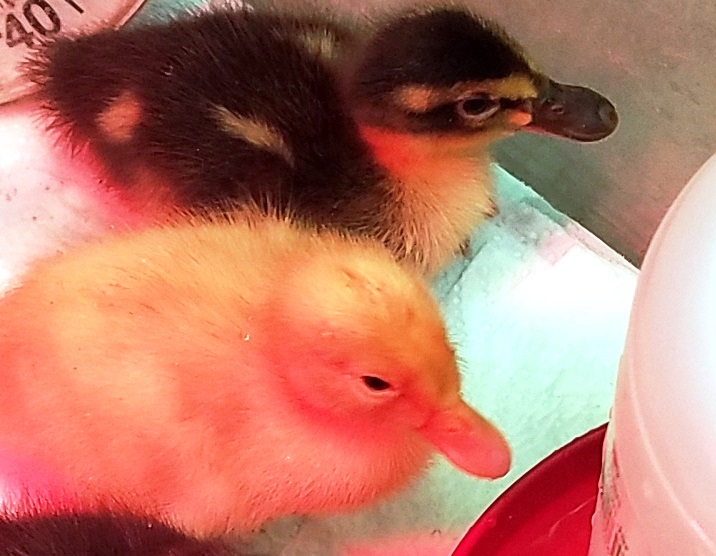
by Mark Mauldin | Jul 7, 2017
Last summer the Centers for Disease Control (CDC) reported 611 people from 45 states got Salmonella infections from contact with their poultry. This year, through the end of May 2017, 372 people from 47 states have gotten sick from Salmonella infections related to...
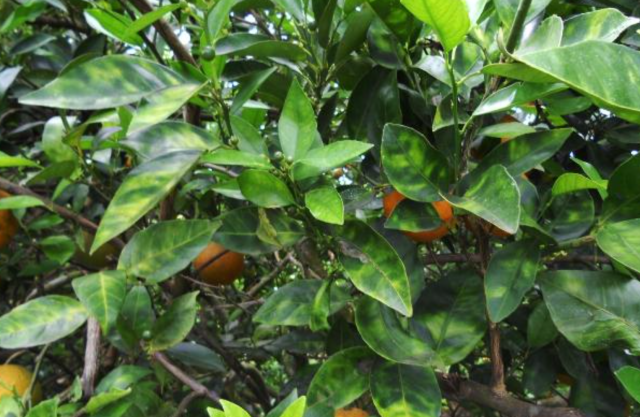
by Doug Mayo | Jun 30, 2017
Amy Belcher, Alabama Department of Agriculture and Industries A plant disease that presents a serious threat to the U.S. citrus industry has been detected in Alabama. Federal and state plant health officials have confirmed the identification of Citrus Greening (CG),...
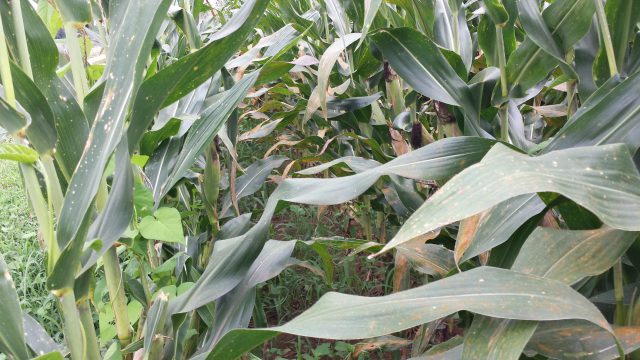
by Nicholas Dufault | Jun 16, 2017
By Nicholas Dufault and Maria C. Velez-Climent, UF/IFAS Plant Pathology Department Recently, southern corn rust (Puccinia polysora) (Figure 1) was identified in Seminole County, Georgia and southern Alabama. With so many cloudy, and rainy days lately many producers...







